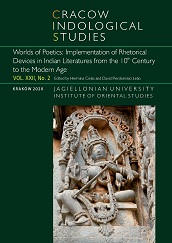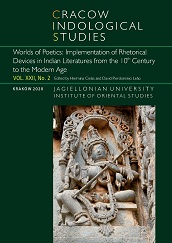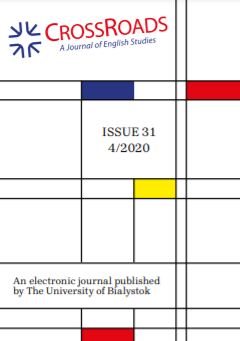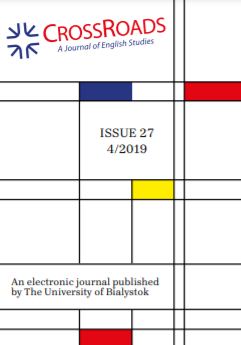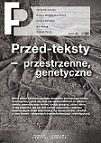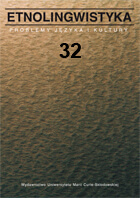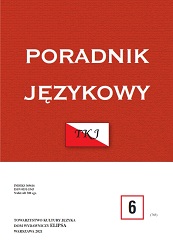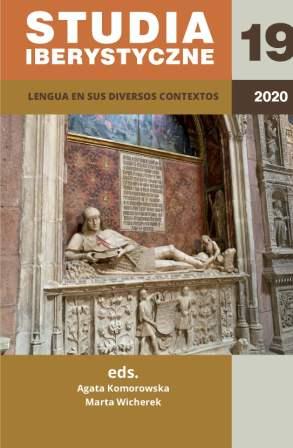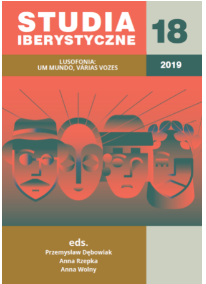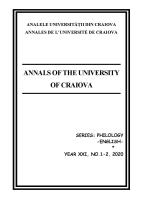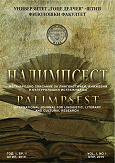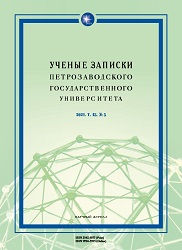Author(s): Hussein Nasser Jabr / Language(s): English
Issue: 1/2020
Our contribution is, first of all, an introduction to translation as a cross-cultural activity, a means to help establish international relationships,disseminate knowledge, and highlight cultural variety and intercultural understanding. We draw an outline of the development of translation across the ages, since the formulation of the fundamental concepts during the ancient times in Mesopotamia, India, and Egypt, to the first translations of the Bible, the classical age, the advent of Islam and the Prophet’s desire to spread it to other peoples who did not speak Arabic, to the flourishing of translation in Baghdad during the Abbasid Caliphates. We emphasize the great importance of translation in the Arab world, the work of distinguished representatives, as Al-Jāḥiẓ, an authority in the field. The translations of the Renaissance and the Enlightenment were characterized by fidelity and transparency, and the gradual replacement of Latin,the classical language of translation, by vernacular languages, while the main feature of Romanticism was either the domestication or the foreignization of the Source Text. We place a special emphasis on the language of poetry understood as a kind of discourse that motivates a response in its readers, including critics and translators. We exemplify with excerpts from Wordsworth, Coleridge, T. S. Eliot,Dylan Thomas, Sir Patrick Spens, Ernest C. Dowson, to show how poets react to the impact of two forces: the experience force and the imaginative force. Poetry translation is viewed as a specific domain of literary translation, and the language of poetry is a sort of a compact language that cannot be easily translated. Totransfer it to another language means to perform some sort of reconstruction of the original text after analyzing its linguistic and extra-linguistic components.
More...
